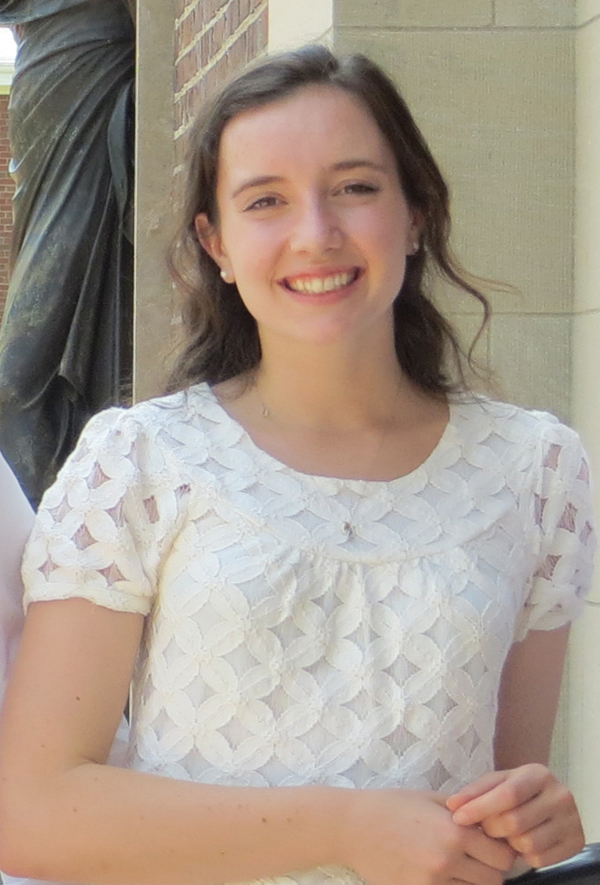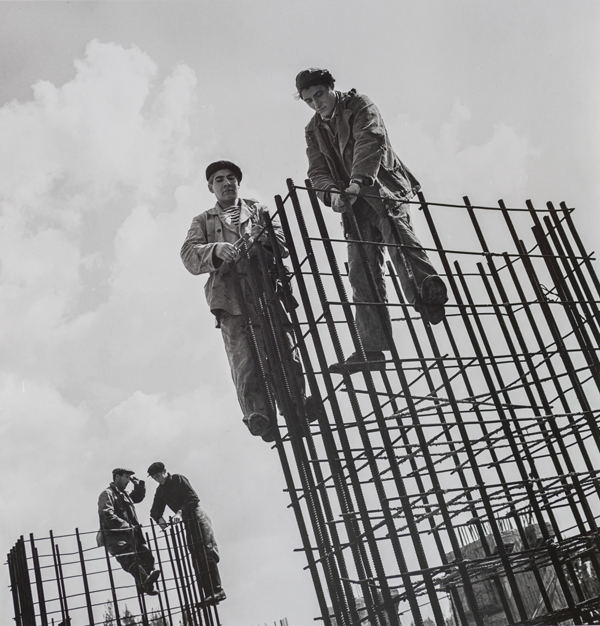Johna Cook ’19 speaks about upcoming exhibition “Dmitri Baltermants: Documenting and Staging a Soviet Reality”
By Bowdoin College Museum of Art
My name is Johna Cook, and I am a Junior double majoring in Russian and Government and Legal Studies. This past summer I had the pleasure of interning at the Museum. Among other responsibilities, I was in charge of the organization of the new fall exhibition Dmitri Baltermants: Documenting and Staging a Soviet Reality.Dmitri Baltermants (1912–1990) was one of the most important Soviet photojournalists at mid-century. His humanizing, often dramatic compositions of World War II and its aftermath affected viewers in the USSR and around the world.
Baltermants graduated from the Math and Mechanics School at Moscow State University with plans of teaching mathematics at the Higher Military Academy. Life drastically changed in 1939, though, when the prominent Soviet newspaper Izvestiya sent him abroad to cover the Soviet-German partition of Poland and Ukraine. When war broke out in 1941, Baltermants was one of the first photographers on the battlefront. He would remain a prominent photographer throughout World War II. Afterwards, he worked for the Soviet magazine, Ogonyok, and in 1964 was named its photographic editor. Despite acclaim for his war photographs, due to harsh Stalinist censorship, many of his most famous photographs would not become well known until the 1960s under the new reform-minded administration of Nikita Khrushchev.




